Chinese family of 500 reunite for supersize group photo
Wed 08 Feb 2017, 18:45:07
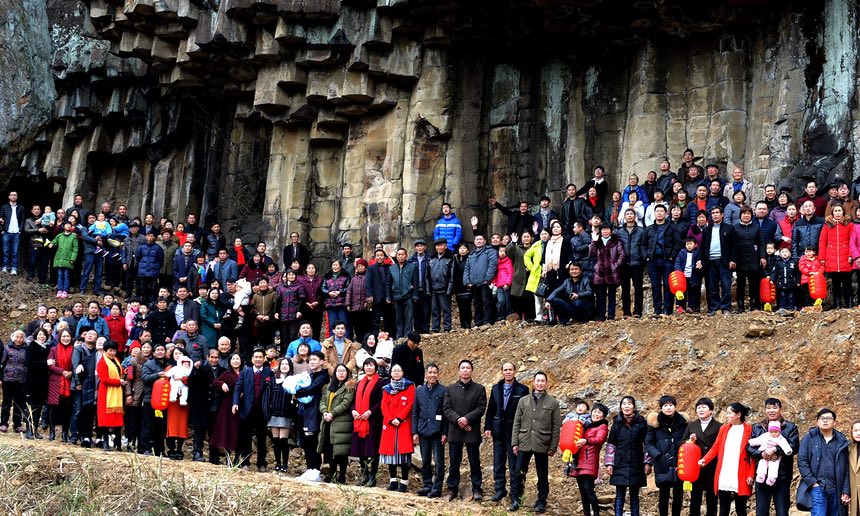
More than 500 members of a single Chinese family have convened for a gigantic group portrait that captures the dramatic transformations their country has undergone since its economic boom began almost four decades ago.
Members of the Ren family came together in a village near the eastern city of Shengzhou, about 150 miles (240km) south of Shanghai, at the start of February to celebrate China’s lunar new year.
Like many families in the country, the Rens decided to record the occasion with a family portrait.
But the sheer size of their group has made the resulting image – which contains enough people to fill two Boeing 787 Dreamliners – an instant hit online.
The shot was reportedly taken by photographers Zhang Liangzong and Zhou Jiandao, who used a drone to help them fit so many people into one frame.
Ren Tuanjie, the Communist party chief of Shishe village, where the picture was taken, told Xinhua news agency the reunion had been organised to commemorate the completion of a detailed family tree.
The BBC said local researchers had managed to identify at least 2,000 living members of the extended Ren family, whose history can be traced back more than eight and a half
centuries.
centuries.
“It took us two and a half years to complete the new family tree,” Ren said. “We like to bring all the family members together [during Chinese new year] so as to let our ancestors know where they are.”
A tumultuous 20th century of war, dictatorship, famine and, more recently, breathtaking economic growth has scattered Chinese families far and wide, with younger generations often now swapping villages such as Shishe for life in the cities, where there are greater opportunities.
Members of the Ren clan reportedly journeyed to the get-together from homes in Beijing, Shanghai and even as far away as Xinjiang, the remote region of north-west China whose name means “new frontier”. Others jetted in from Taiwan, a democratically governed island that has been ruled independently of today’s communist China since nationalist troops fled there in 1949.
Ren, the village chief, said the family portrait was an attempt to reconnect those who had departed with their ancestral home.
“China is moving toward modernity, but Chinese people’s roots in their native land never disappear,” he told Xinhua. “Wherever they go, the descendants of any family have always got something to bring them together.”
No Comments For This Post, Be first to write a Comment.
Most viewed from International
Most viewed from World
AIMIM News
Latest Urdu News
Most Viewed
May 26, 2020
Do you think Canada-India relations will improve under New PM Mark Carney?
Latest Videos View All
Like Us
Home
About Us
Advertise With Us
All Polls
Epaper Archives
Privacy Policy
Contact Us
Download Etemaad App
© 2025 Etemaad Daily News, All Rights Reserved.



.jpg)
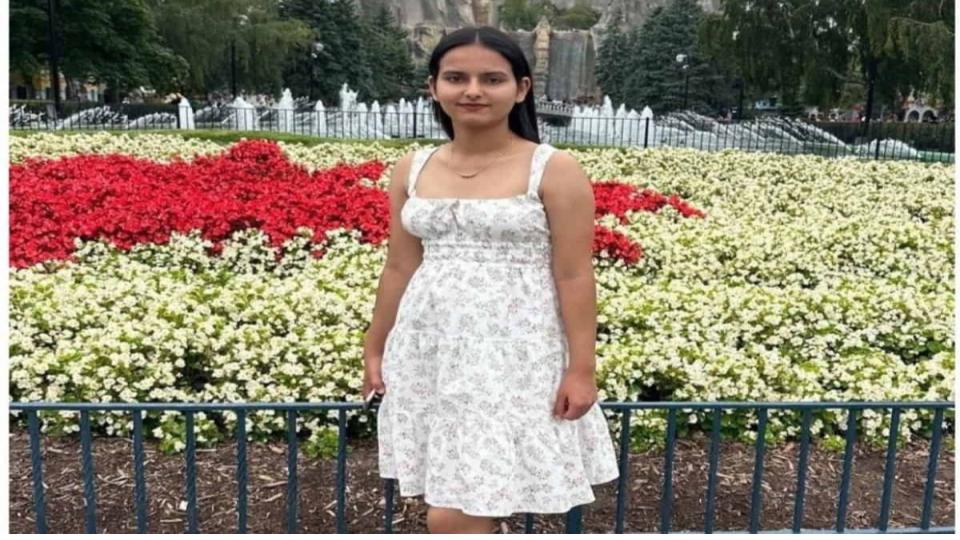
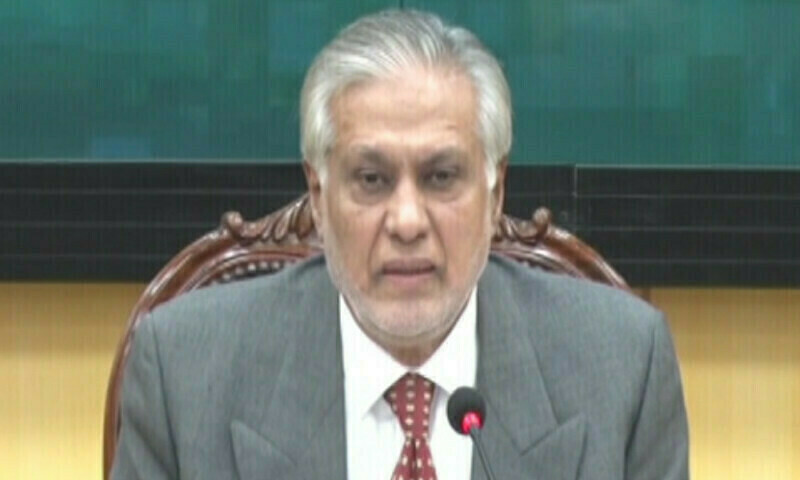

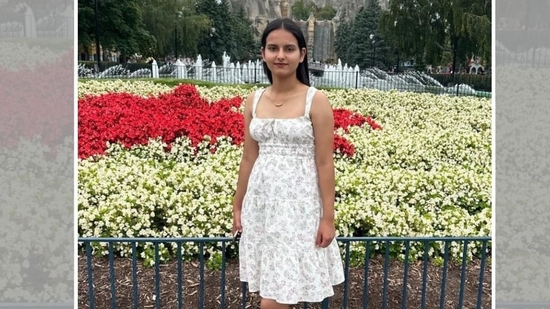


.jpg)
.jpg)

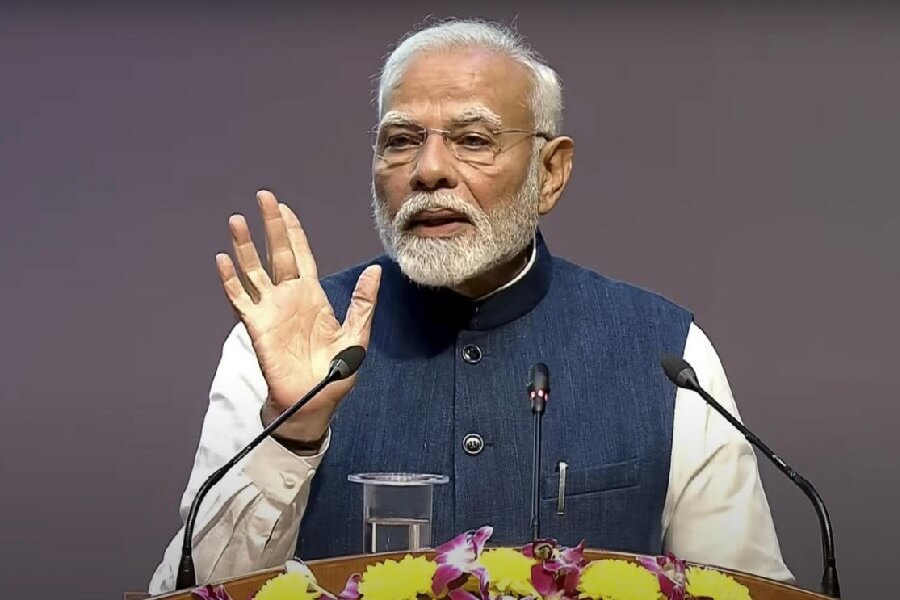
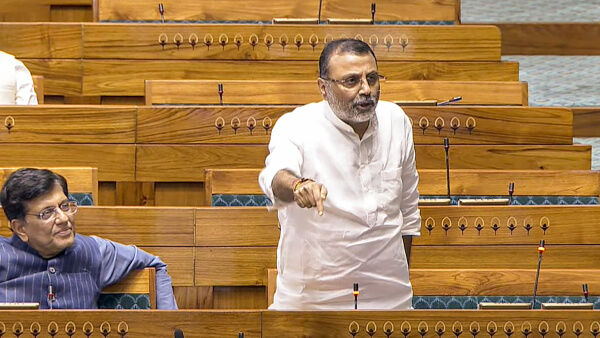


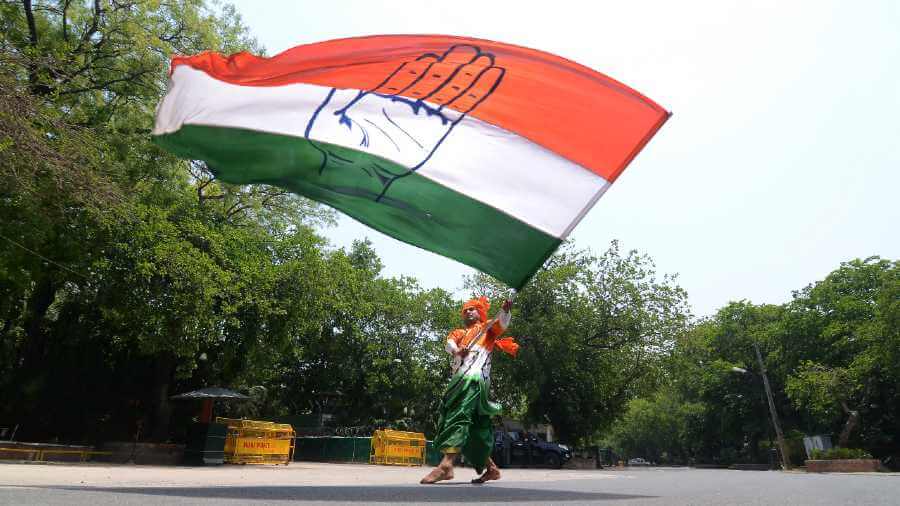
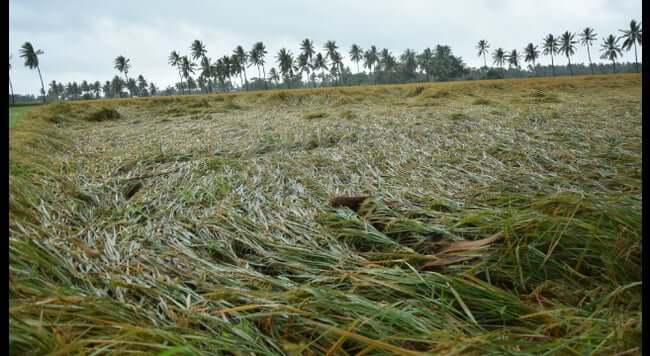

.jpg)
.jpg)
.jpg)
.jpg)
.jpg)

















